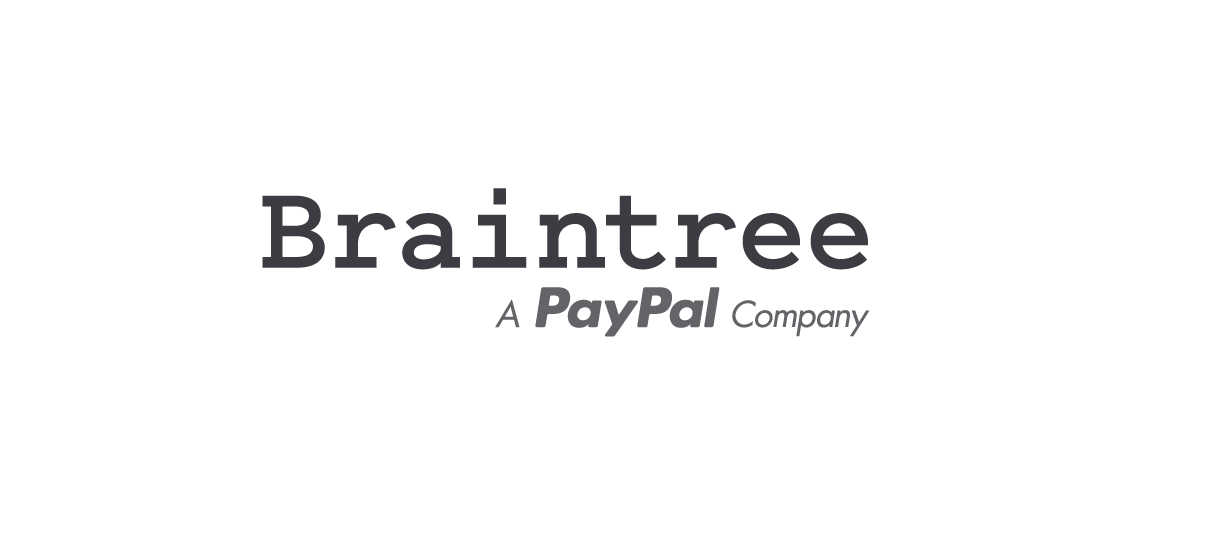
Building an app that integrates financial services would certainly make it a very important productivity tool. Look at Intuit and Xero, for example. They’ve become synonymous with digital financial management solutions.
And with the integrated banking services inside their apps, they’re a staple for most businesses. But can you build an app with the same or more features? Most developers would rather choose a different app genre because of the complexities of building a fintech app. But, if you’re up for the challenge, here’s what you need to know about fintech apps:
Highly protected data

Building a custom app with access to banking information on your own is not as easy. Banking information is probably the most fiercely guarded after cash, anywhere in the world.
If you’re planning to integrate financial services into your app or build a purely financial app, there are a couple of things you will need to know.
Volatile Information
First, let’s talk about the nature of the data you want to exploit. You will need to keep this picture in mind before you can do anything. If you already know where I’m going with this, it’s still a good idea to refresh your memory.
Look at what happened when the Panama files leaked. Many prominent politicians and business persons were implicated in scandalous financial schemes. And it certainly may have led to indictments for a lot of them for a variety of crimes such as tax evasion. Those who couldn’t be indicted definitely incurred political and reputational damage.
Unfriendly Consequences
While indictments may only apply to the rich and famous, identity and financial fraud are the consequences for regular people. In short, when banking data gets into the wrong hands, everyone loses. Everyone of course, except the perpetrator.
So you want to make sure you know this and understand the risks before you even get to work on your app. Pro tip: lawyer up first.
PCI Compliance
To directly host and manage financial data, there is a ladder you need to climb. Unlike mHealth apps where you just have to comply with the standards without certification, handling banking data requires certification. And the process is not easy.
Depending on the nature of transactions you wish to incorporate into your app, the requirements and costs may vary. These requirements cover hardware, manpower, software and more.
This pushes up the cost of your app development up and requires you to accommodate a longer lead time. That is bad for competition because you’ll be stuck in preliminaries when you should be getting ahead.

So how do you build a fintech app in spite of all the restrictions?
This is the pink elephant in the room. It is almost impossible for you to single-handedly acquire and incentivize banking data without compromising its integrity and security.
No bank will want to give up or share its data any day. So, unless you are building an app specifically for THE bank to be owned by THE bank, you are getting nowhere close to that information.
But there is another way.
Open banking: what is it all about?
We are living in the midst of a banking revolution. Since the earliest recorded civilization, banking systems have existed. And for millennia, one thing has been consistent until recently – people had to go to the bank to use the bank. But now, the bank is going to the people.
Changing times
Today, banks understand the importance of going digital and being interconnected. They make more money when they are better integrated with the rest of the tools and systems their users are already accustomed to.
More than just bringing banking services closer to the people, banks are investing in tools that enable third-party entities to provide value-added banking services like credit score monitoring, loan processing, real-time capital management, treasury management tools and much more.
What’s the catch?
Banks have had to incentivize their data in order to remain relevant. Failure to go digital and provide market integration as a financial institution in this age is akin to taking a suicide dive from the Empire State Building.
In comes the API
APIs now exist that allow you to incorporate financial services into your app without directly hosting the banking information on your servers. The authors of the API have been vetted by the financial institutions and are constantly monitored to ensure their systems’ integrity is never compromised.
Building API is not an easy feat. The ongoing maintenance costs are not small either. It takes teams of full-time developers with six-figure incomes to build, operate and maintain these systems. You’d never be able to do it on your own; let alone get permitted to be anywhere near the files.

What plug and play fintech solutions are currently available on the market?
There’s a wide lineup of fintech solutions to choose from to build your fintech app. Let’s take a look at some of the most prominent.
Brain Tree
Braintree is a payment gateway owned by Paypal.
They process payments from credit cards, debit cards, digital wallets, PayPal, Venmo, Apple Pay, and Google Pay in a single integration.
Klarna Checkout
Klarna is a payment gateway and credit company.
They process payments from all major card issuers and provide instant credit to online shoppers at checkout for products of even more than $3,000.
Card Connect
CardConnect is a payments platform.
They have a wide variety of solutions that enable you to integrate payments into almost any system, mobile app or website.
Dwolla
They are a money transfer platform that connects you to the US banking system.
With Dwolla’s ACH API you can easily integrate bank transfers. Their API will enable your app to facilitate ACH payments and even verify customer and bank account information.
Google Pay
Payment platform that lets you accept and send payments across all Google and Android-powered platforms.
Google Pay integrates almost every Payment Services Provider on the planet into one simple solution. All of course, except Apple Pay.
Intuit
Money management and accounting solutions developer. Their API enables you to integrate Quickbooks into your app.
iZettle
They created the world’s first mini chip card reader and software for mobile devices.
Create tools for small businesses to manage sales, finances, inventory and more.
Marqeta
Payment card issuing and management platform.
With Marqeta, you can issue and manage virtual, physical, and tokenized payment cards for single or multi-use debit and credit card payment cards.
MasterCard
MasterCard is a global payment services provider.
They have a long and expansive list of APIs to power complex fintech solutions. This is probably the biggest on this list.
Visa
Visa is a global payment services provider.
Like MasterCard, Visa has an expansive list of APIs that provide varying complex fintech solutions.
For more API solutions, see below.
Payment Processing | Financial Management | Currency Trade
PayPal | Yodlee | OANDA
Square | Xginite | Coinbase
Stripe | Plaid | Open Exchange Rate
Apple Pay | Finicity
2CheckOut | Fortumo
SimplyTapp | Invoicera
2CheckOut | Gini
Adyen | Kiva
SecurionPay | FinTechSystems
CardFlight
Judo Payments
Go Cardless
Currency Cloud
Figo
Handpoint
Wirecard
Payeleven
Is API bulletproof?
No. But the security keeps improving. It is usually API loopholes that are at the root of most breaches. Open banking is a double-edged sword with both pros and cons. However, security flaws are quickly getting resolved.
Each time there is a breach, security experts rush to find a fix. And this has made the APIs more secure. It is because of such incidents that we now have more robust security tools such as the Google Authenticator and other 2-factor authentication methods.
Regulators are getting on board PSD2
Governments are getting on board with the digital bandwagon. While it may not be the case, some countries have made moves to legally mandate open banking. This is the case in Europe with the Payment Services Directive or PSD2.
According to the Open Bank Project, these regulations ensure that banks will ‘create mechanisms to enable third party providers to work securely, reliably and rapidly with the bank’s services and data on behalf and with the consent of their customer.’
As with the GDPR, this has spilled over to the US in a non-legally binding fashion. Intercontinental banking requires that system compatibility and service benchmarking be met. So US banks will definitely be providing more open banking solutions at the turn of the decade.
Besides, most of the banks that operate in Europe also have operations in the US. Transferring that technology across the Atlantic shouldn’t be so difficult for them.
Thinking of making your own fintech app?
If you’re interested in building a finance app, you better be sure to find a fintech app developer who knows his trade. While APIs significantly reduce the amount of work and certifications required to build your fintech app, there are crucial best practices that need to be fulfilled.
Author bio:
Joe Tuan is the founder and CEO of Topflight Apps, one of the top app design and development agencies in California. He’s an expert in mHealth apps, Fintech and Machine Learning. Topflight Apps has been recognized on Clutch and other B2B platforms as one of California’s best app development companies. Their clientele includes Stanford Medicine, Medable, and Merck.
Featured image source: Cafe Credit
Author: Spyre Studios